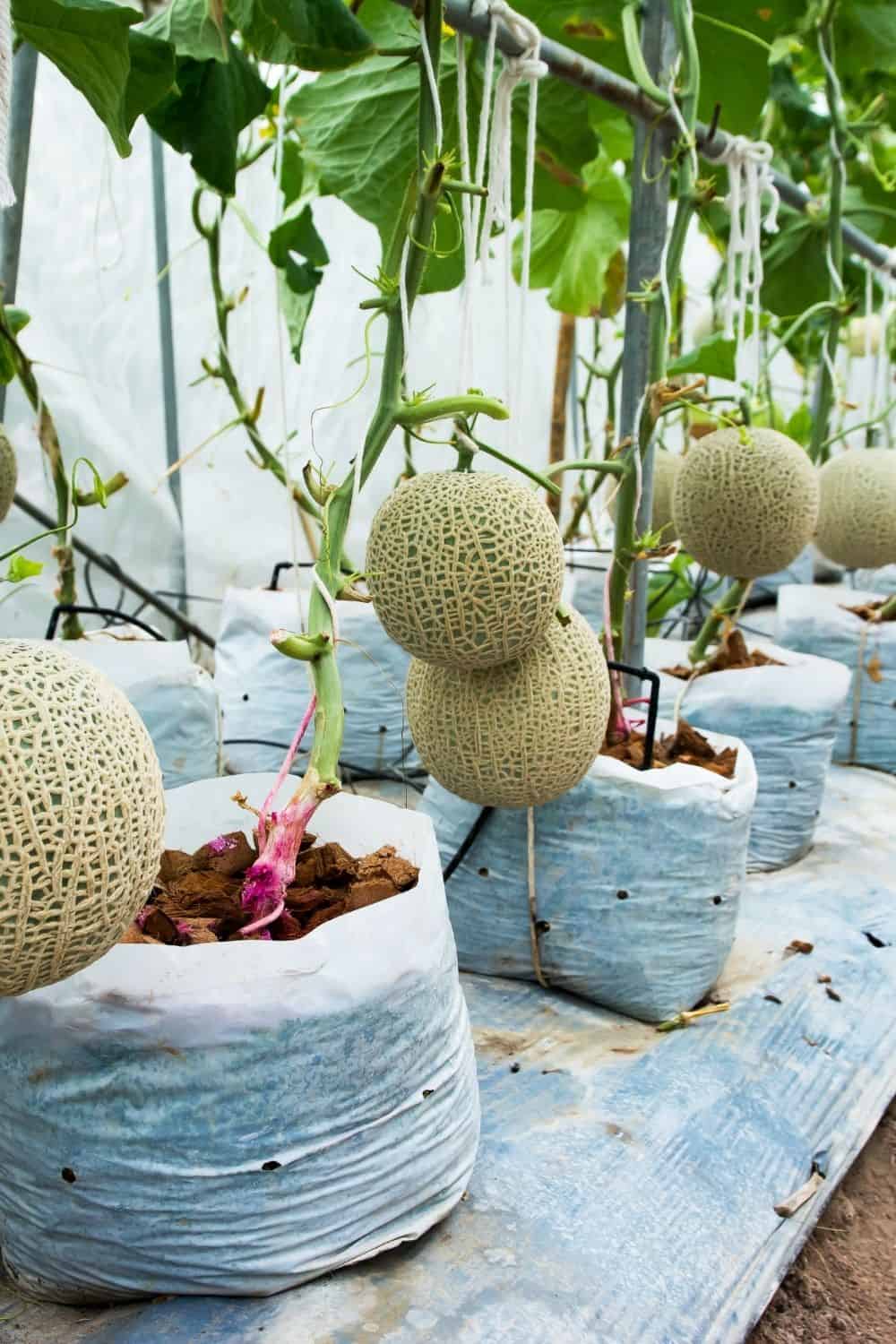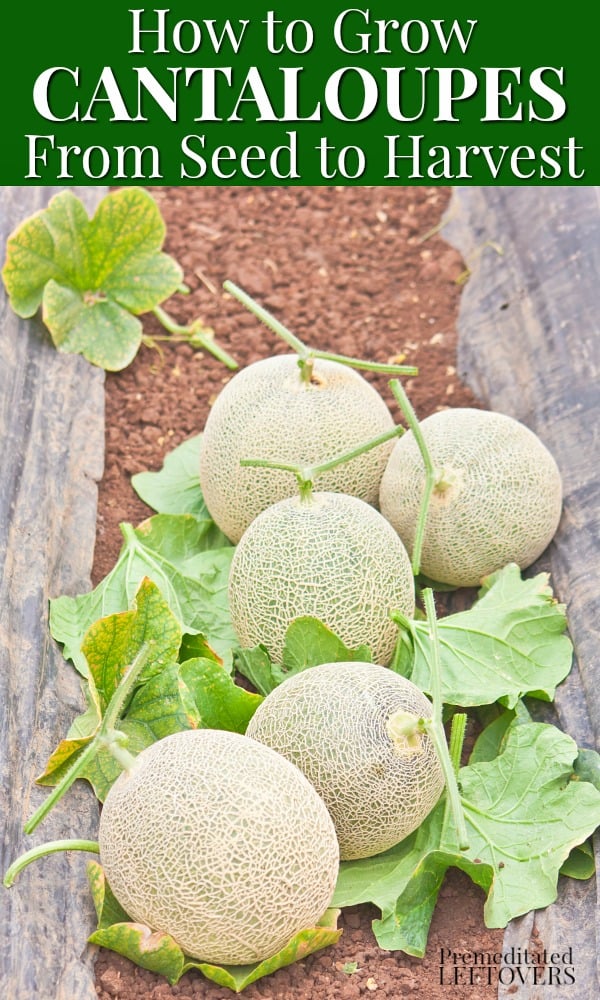


Repeat with other half of fruit chunks and remaining apple juice. Use an electric mixer and beat mixture until very creamy, about 3 minutes. Run warm water around bowl to loosen frozen mixture. Place in freezer 30-40 minutes, until firm. Using a potato masher, mash all fruit and liquid into a well-blended, pureed mixture. Place all ingredients except apple juice into a large mixing bowl.cantaloupe, peeled and cubed (about 5 cups) Note: This solution can be lowered to 25% sugar (1 cup sugar to 4 cups of water) depending upon how sweet the cantaloupe tastes and your preferences.Įnjoy the following recipe using your fresh cantaloupe from your garden. Use a syrup solution of 2 cups of sugar to 4 cups of water (50% sugar solution).The procedures to freeze cantaloupe are outlined below. Cantaloupe pieces need to be syrup packed but do not need to be treated to prevent discoloration. The indicators of overripeness are: a pronounced yellow rind color, softening over the entire rind, and soft, watery and insipid flesh.Īfter choosing cantaloupes that are fully ripe, they can be easily frozen for later consumption. The stem scar will also yield slightly to light pressure.Īvoid cantaloupes that appear to be overripe. A ripe cantaloupe will also have a pleasant cantaloupe odor when the stem scar is held under the nose. Keep the soil consistently moist until seedlings emerge (if started from seeds) or until transplanted seedlings produce new growth. Place two to four seeds in each hill about 4 feet apart. You can also plant in mounded hills rather than rows.
#Cantaloupe seedlings skin#
This is accomplished by selecting fruit by its indication of full maturity, which are: 1) stem seperation from the fruit 2)thick, coarse and corky netting or veining which stands out on the surface and 3) yellowish-buff, yellowish-gray, or pale yellow skin color between the netting. Set seeds or young plants in rows, spaced 12 to 24 inches apart. Choosing and Freezing CantaloupesĬantaloupes should be selected as fully ripe fruit. Additionally, as a food safety precaution another thorough washing before cutting the fruit is necessary. Before storing in the refrigerator, any dirt adhering to the outside should be washed off thoroughly. Planting and Harvesting Cantaloupe Plant CantaloupeĬantaloupes should be stored in the refrigerator immediately after harvest. Cantaloupe plants are good producers and are easy to grow in a well-drained home garden. Therefore, it would be best to plant well in advance (4-5 months) of the first frost to have production in the early fall. On cantaloupe seedlings in the greenhouse, disease severity was equivalently. There needs to be at least 110-140 frost-free days for cantaloupes to fully mature. Plant Pathology and Plant-Microbe Biology Section, Cornell University, New. Planting and Harvesting CantaloupeĬantaloupes are planted in Central Texas starting in March to April (when the soil temperature is 75-89 oF and can be harvested from June to November. It is naturally low in calories (29 calories per 1/2 cup serving), sodium, and fat. It is also rich in potassium, folic acid, and moderately rich in micronutrients (zinc, copper, iron). Use row covers to provide a barrier that excludes the beetles, but remember to remove the covers when plants are flowering so that pollinators can reach the flowers.Cantaloupe is a low-calorie, nutrient-rich fruit. Neem oil applied to the soil will kill the eggs and larvae, but it's not very effective against the adult beetles. Cucumber beetles are large, brightly colored insects that damage leaves and stems, scar the fruit and promote growth of harmful bacteria.

You can control these by spreading diatomaceous earth around the base of the plants to keep them away.


 0 kommentar(er)
0 kommentar(er)
